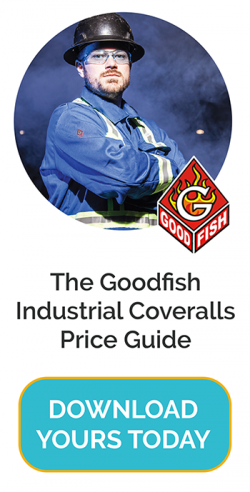
One crucial responsibility of an employer is to ensure the safety of their employees at the workplace. This is especially significant in industries where high risk hazards such as arc flash and fires are a possibility. The oil, petroleum, natural gas, coal, and minerals industry, utilities, and food processing plants top the list of such sectors. There is a need for different types of protective gear including clothing with flame-resistant (FR) properties to safeguard workers. In such a scenario, protective eyewear, garments, gloves, and hard hats are likely to be part of your company’s safety program.
The safety gear you choose must be in keeping with the guidelines prescribed by agencies such as the Canadian Center for Occupational Health and Safety (CCOHS). However, given the wide range of FR fabrics and garments available, choosing the best one for your specific requirements can be difficult. Knowing the differences between inherent and treated fabrics can help you make an informed decision.
Inherent Vs Treated Fabrics:
Simply put, in inherent fabrics, the flame resistance is an integral characteristic of the fiber that the fabric is made of.
- Since the structure of the fiber is itself fire resistant, its FR properties are permanent.
- The Thermal Protective Performance (TPP) score of inherent fabrics is higher than that of treated fabrics. This rating indicates the thermal insulation efficiency of the garment against heat exposure. A higher number is indicative of greater protection.
- Garments made of inherent fabrics tend to be more expensive. However, the one-time expense is offset by the longevity of the fabric.
- Protective wear made of inherent fabrics tends to offer greater breathability and better moisture management.
Meanwhile, treated fabrics are subjected to a chemical flame retardant to make them fire resistant.
- The fiber used to make FR treated fabric is usually cotton or blended cotton.
- Unlike inherent fabrics, the FR properties of treated fabrics can diminish over time. This will depend on the levels of chemicals they are exposed to at the workplace and the manner in which they are cleaned.
- In addition some suppliers coat their fabric in hazardous chemicals such as Teflon. Stay away from this whenever possible.
- Fabric treated with chemicals is less expensive than those made of inherent fabrics.
- However some types of treated fabrics tend to be heavier than inherent fabrics. This can enhance their performance because the greater the mass between the wearer and the fire hazard, the higher the protection afforded.
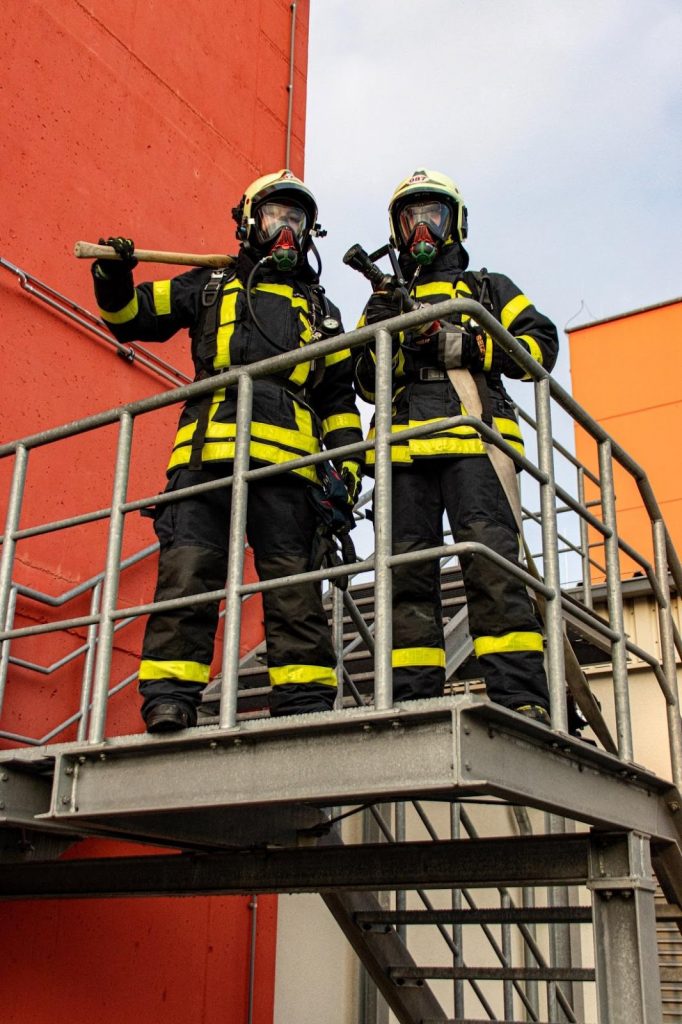
How Does It Impact on Safety?
While both treated and inherent fabrics offer adequate protection to the wearer, longevity is one area where inherent fabric scores higher. This means, the garment made of inherent fabric retains its FR properties for as long as it is usable. However, damage to the apparel in the form of usual wear and tear can prove just as dangerous as lack of FR properties. When making your purchase, check if the apparel is guaranteed for life. Even treated fabrics come with this guarantee provided the laundering instructions are strictly followed. Most manufacturers suggest avoiding use of bleach, starch, and fabric softener during the cleaning process. This is because the chemicals in these products can compromise the FR properties of the garment.

How to Ensure Proper Maintenance of FR Apparel:
Protective apparel made of treated fabrics is usually accompanied by instructions on their ‘proper care’. Failure to retain the garment’s unique properties by adhering to the care instructions can pose a danger to the wearer. You can avoid this risk by getting such workwear professionally laundered or dry cleaned. The use of latest techniques and equipment can ensure that the garment retains its fire retardant properties.
The superior dry cleaning method applied at Goodfish ensures that your high quality coveralls are cleaned without damaging the fabric in any way. Corroborating this is a study conducted by Alberta Research Council and the University of Alberta that indicates that the process we use actually enhances the longevity of the fabric without compromising its thermal protective or flame resistance properties in any way. Similarly, workwear made of inherent fabrics must also be cleaned professionally to extend its longevity and prevent damage such as tearing or ripping.
Wearing FR gear is a good idea and it protects workers to a certain extent. At the same time, it is important to remember that this alone will not be sufficient. Quite a few other safety practices must be implemented to ensure maximum protection. For instance, a thorough hazard-risk assessment must be done to identify the workers most at risk of fire accidents. Sufficient training must be provided to employees in donning the gear and its maintenance to prevent early wear and tear.
Verdict: Partner with companies who have the ability to customize your garment program to your changing needs. Many companies strictly import treated materials without trying to assess your needs first. This drastically limits the versatility of your program. We recommend you choose suppliers that work with both Inherent and Treated fabrics in order to maximize the effectiveness of your program.
In addition partner with Manufacturers such as Goodfish Lake that are involved in both the supply and cleaning of your garments.
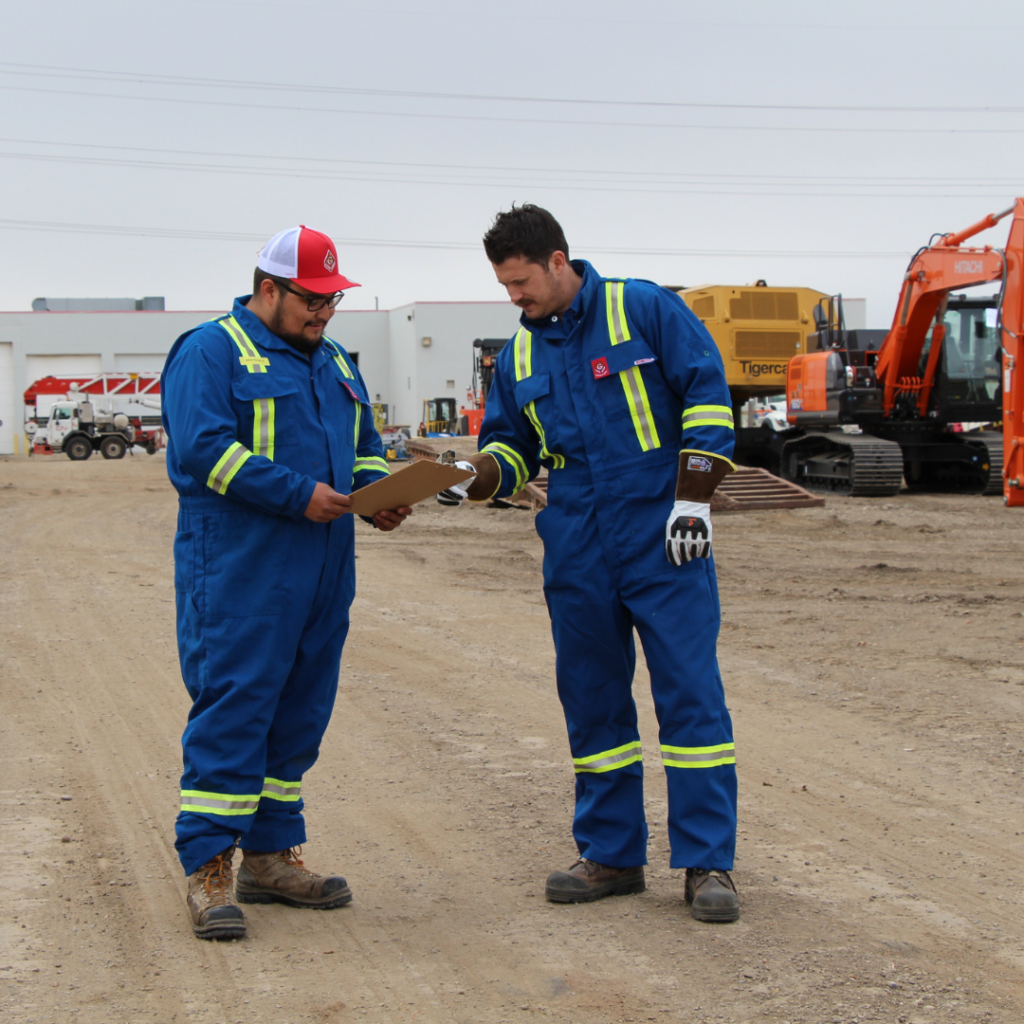
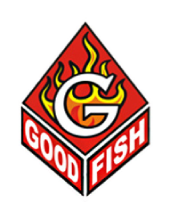
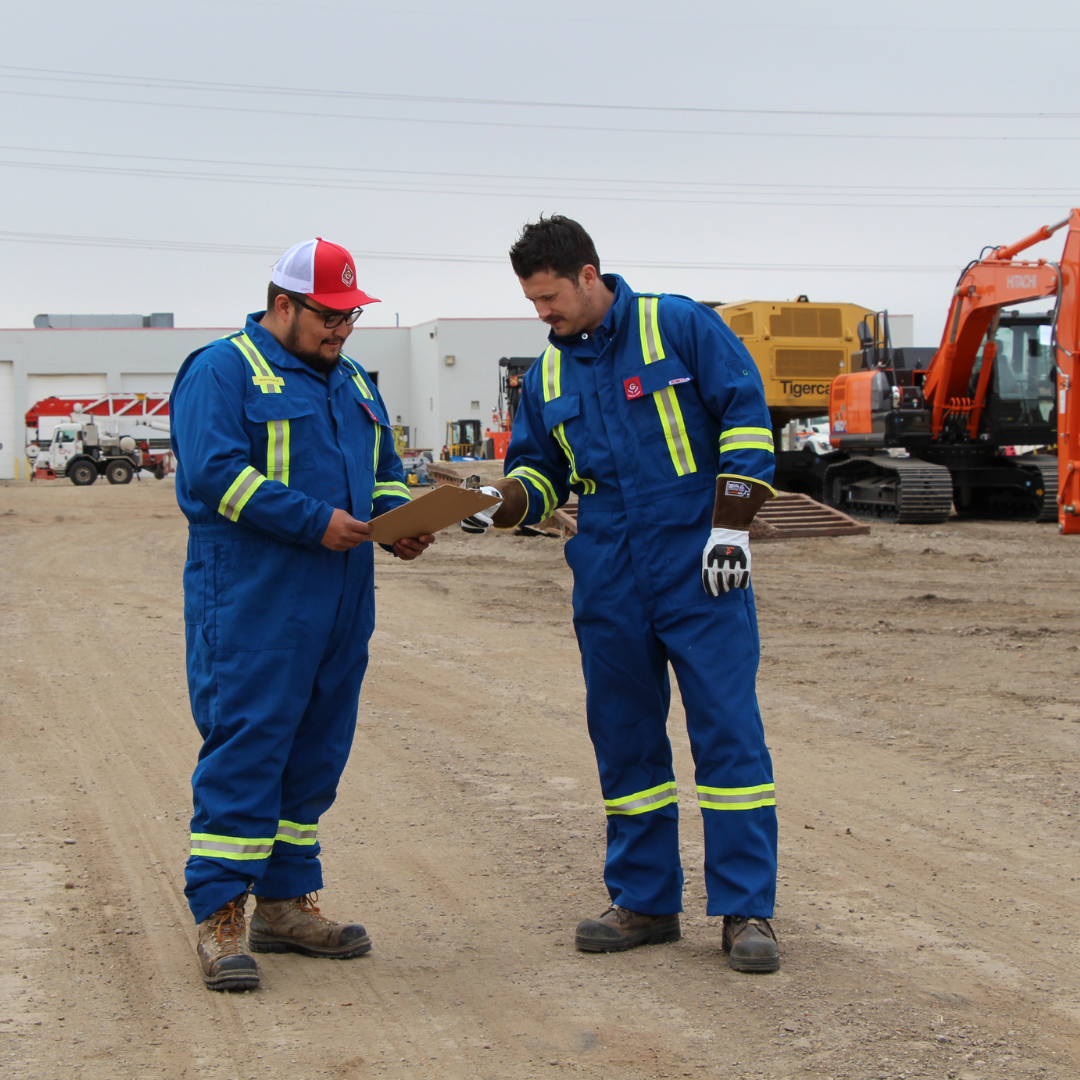
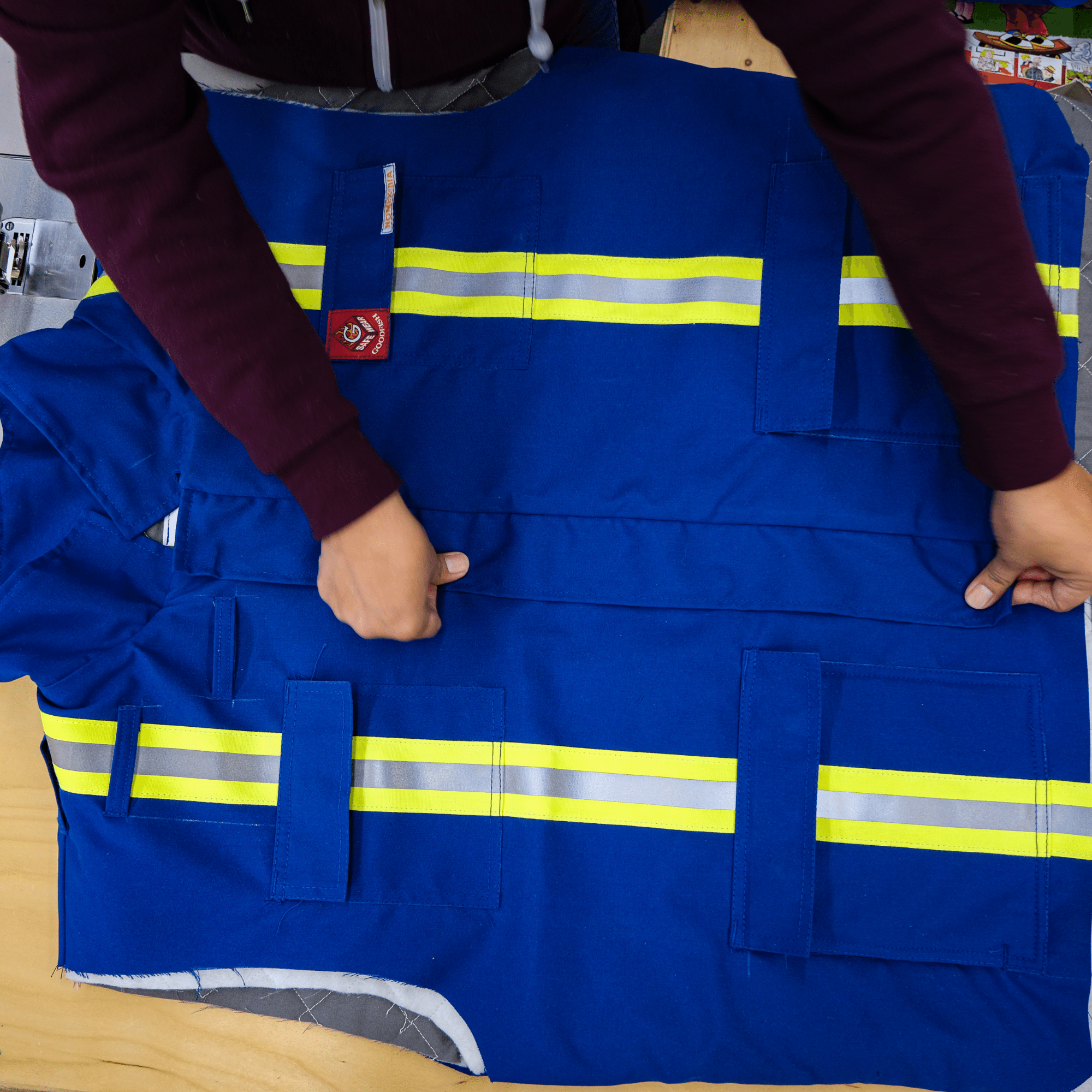
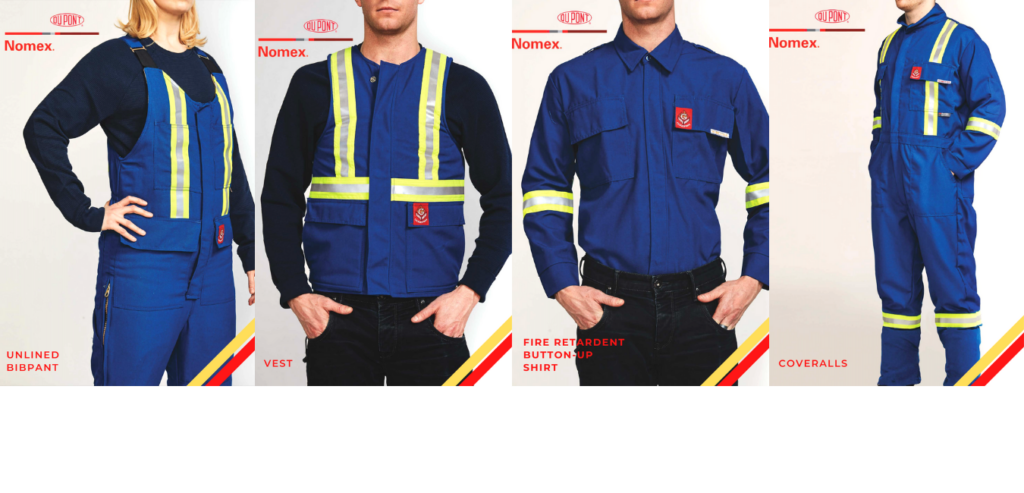
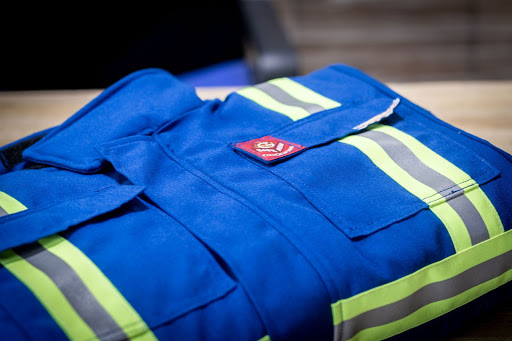
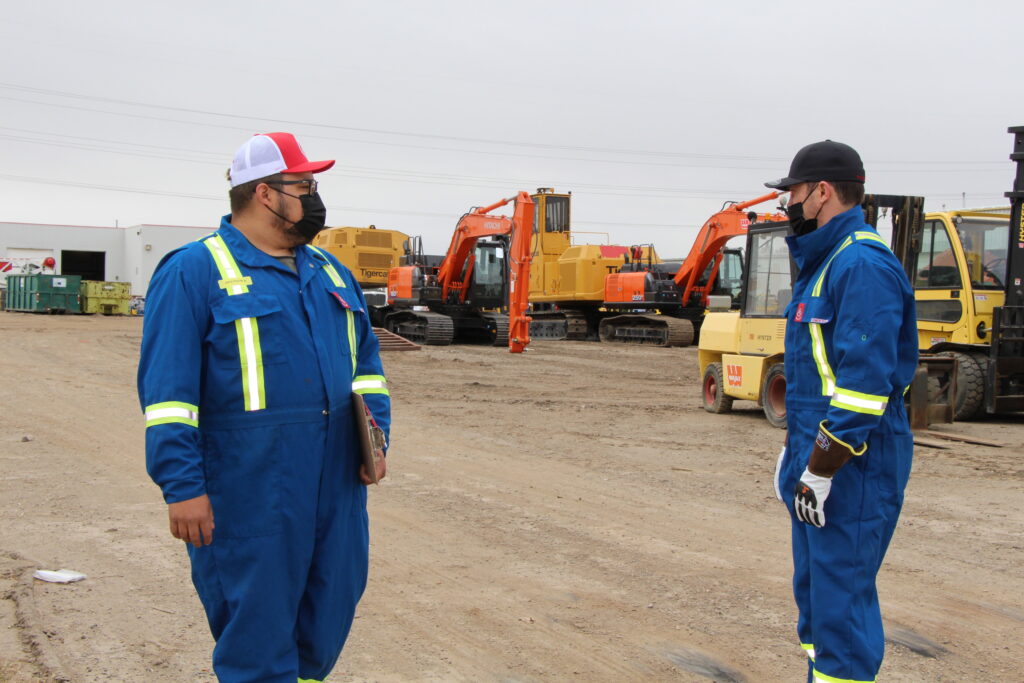
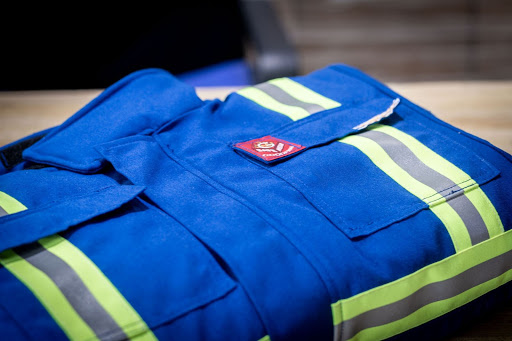
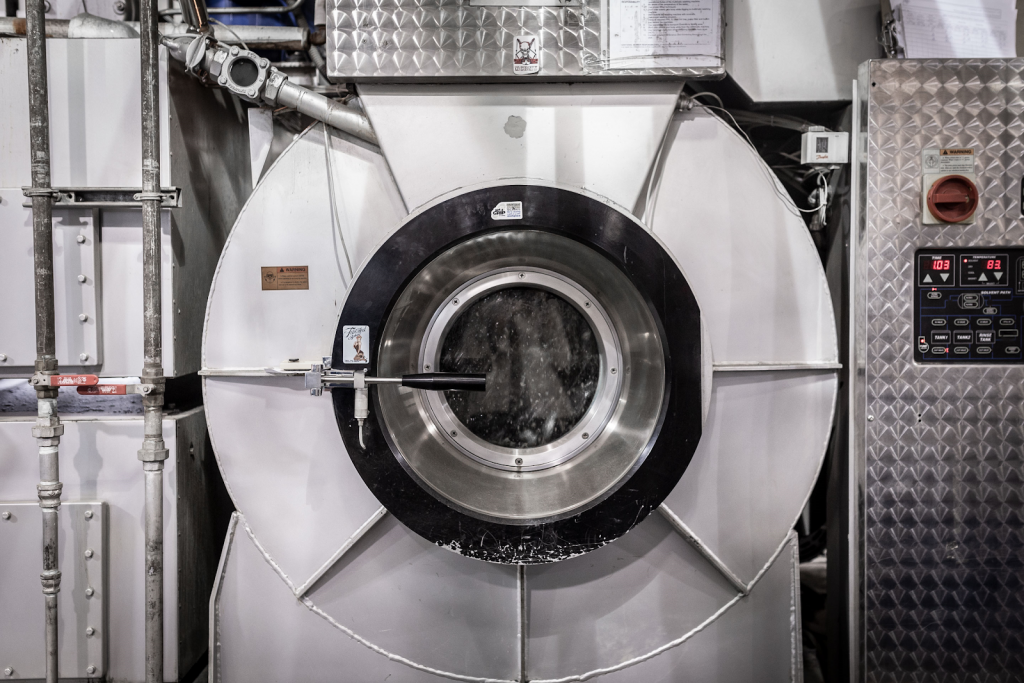




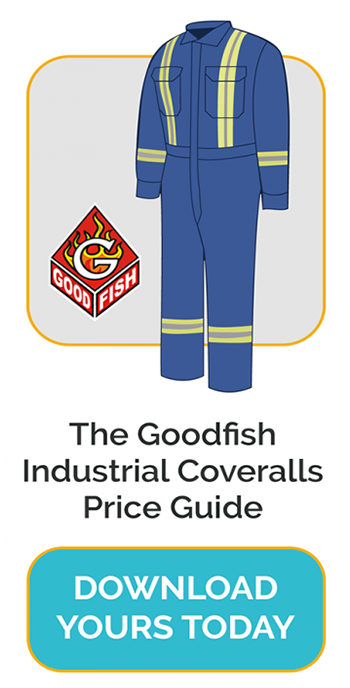




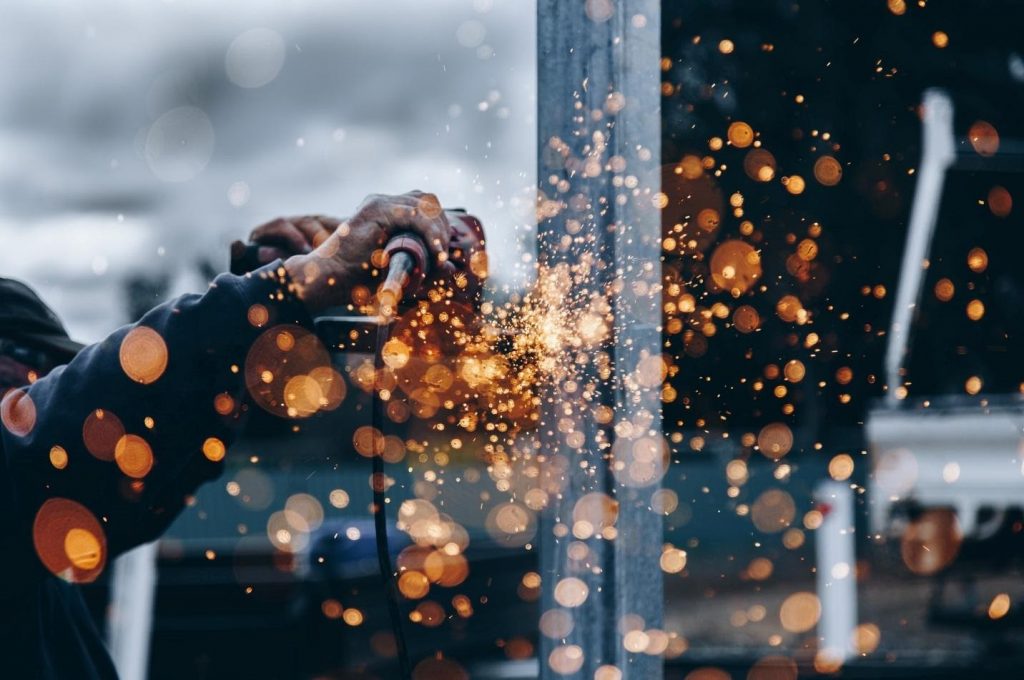








 Your privacy is important to us, and we are committed to protecting your personal information.
Your privacy is important to us, and we are committed to protecting your personal information.